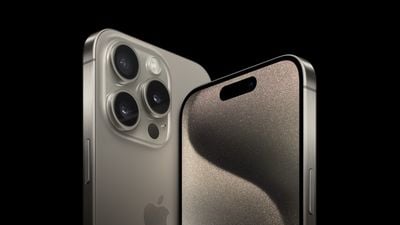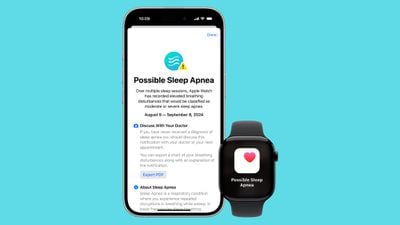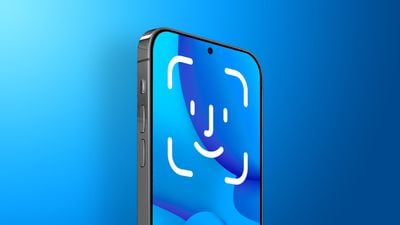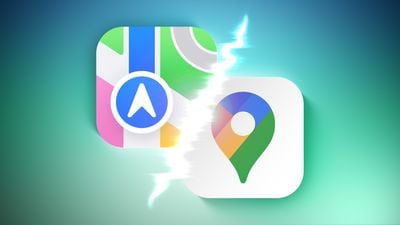Apple today announced that ten new games are coming to Apple Arcade, including the service's first officially licensed PGA TOUR game, while updating several existing titles.

The year begins with the launch of seven titles available immediately, accompanied by announcements of three additional games debuting on February 6, 2025. The new games include:
- Skate City: New York: A skateboarding game set in iconic real-world New York City skate spots, offering detailed environments.
- Gears & Goo for Apple Vision Pro: A spatial computing game combining tower defense and base-building mechanics with immersive 3D gameplay for the Vision Pro.
- Three Kingdoms HEROES: The latest installment in Koei Tecmo's Romance of the Three Kingdoms series, focusing on strategy and dynamic storytelling based on Chinese history.
- FINAL FANTASY+: A remastered version of the original entry in the iconic RPG series, containing enhanced 2D visuals and mobile-optimized features.
- Trials of Mana+: A mobile port of SQUARE ENIX's action RPG, delivering console-quality gameplay on Apple devices.
- Rodeo Stampede+: A Wild West adventure game where players tame animals and create their own zoo.
- It's Literally Just Mowing+: A relaxing game where players can enjoy the simple, zen-like task of mowing lawns.
- PGA TOUR Pro Golf: An immersive golf simulation game featuring iconic PGA TOUR courses, competitive tournaments, and cross-platform gameplay.
- Doodle Jump 2+: A sequel to the popular platforming game, featuring new environments, challenges, and characters.
- My Dear Farm+: A customizable farming simulator where players design their dream farm, grow crops, and manage their agricultural empire.
Apple Arcade also sees significant updates for several of its most popular games. "WHAT THE CAR?" has received new levels and gameplay refinements to enhance its racing mechanics, while "Game Room" has been expanded with additional game modes and challenges. "Hello Kitty Island Adventure" now includes fresh content such as new quests, customization options, and interactive features. Updates are also coming this month for "NBA 2K25 Arcade Edition," "Outlanders 2: Second Nature," "Wheel of Fortune Daily," "Snake.io+," "Ridiculous Fishing EX," and more.
Apple Arcade is Apple's subscription-based gaming service that offers unlimited access to a curated library of premium games across iPhone, iPad, Mac, Apple TV, and Apple Vision Pro. All games on the platform are ad-free and do not include in-app purchase.
Apple Arcade is available as a standalone subscription for $6.99 per month, with a one-month free trial for new users. Alternatively, it can be bundled with other Apple services, such as iCloud+, Apple Music, and Apple TV+, through the Apple One subscription plan. Apple One starts at $19.95 per month for the Individual plan.


 Note: MacRumors is an affiliate partner with Amazon. When you click a link and make a purchase, we may receive a small payment, which helps us keep the site running.
Note: MacRumors is an affiliate partner with Amazon. When you click a link and make a purchase, we may receive a small payment, which helps us keep the site running.









 Note: MacRumors is an affiliate partner with Samsung. When you click a link and make a purchase, we may receive a small payment, which helps us keep the site running.
Note: MacRumors is an affiliate partner with Samsung. When you click a link and make a purchase, we may receive a small payment, which helps us keep the site running.




















